
The end of the year is just around the corner! In Japan, from late November to late December, it is called the "Year-end party season" (bonenkai season), and many drinking parties are held. In this article, we will introduce the alcohol menu often served at drinking parties and izakayas in Japan, and the situation of canned drinks in Japan! Also, there is a change in the "finishing dish for alcohol" that you eat after drinking, and night parfait and night ice cream are popular instead of "finishing ramen". Let's learn about the unique culture of Japan related to alcohol in this article!
※The information and products featured in this article are as of September 2023. Please check the official website for the latest information.
※Drinking under the age of 20 is prohibited in Japan. Be sure to abide the law of legal drinking in your own country too.
First, let's explain the confusing Japanese izakaya menu! Introducing the classic sake menu
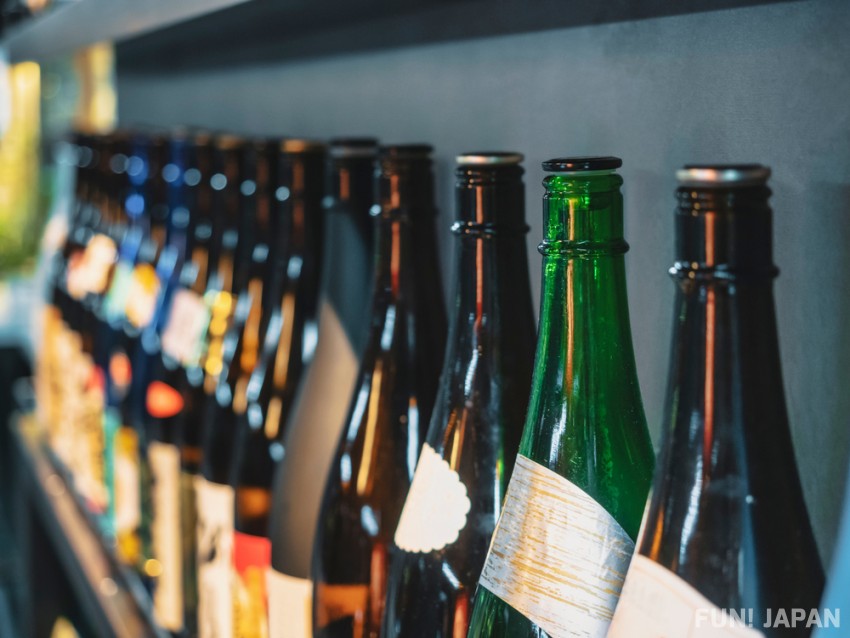
In Japan, many drinking parties called "Bonenkai" (Year-end party) are held at this time of year, the end of the year and before New Year's Day, when work is wrapped up. Business partners and company-wide banquets are held, as well as drinking parties among friends, and if you're a student, seminar groups and clubs' drinking parties are held. Izakayas, where you can enjoy alcohol cost-effectively, are fully booked during this period!
Here, we introduce some of the standard alcohol menus at Izakayas that might be a bit difficult to understand.
Highball (ハイボール)

In terms of whiskey and soda, it is one of the staple menus in Japanese izakayas. Originally, it refers to a drink that dilutes high-alcohol liquor with a non-alcoholic beverage. Outside of Japan, cocktails that dilute spirits and liqueurs with soda are generally called "highballs", but in Japan, it mainly refers to whiskey diluted with soda. The low alcohol content makes it easy to drink even for beginners. At the store, order by saying "One highball, please!"
Chuhai (酎ハイ - 'Shochu Highball')
The origin of the word "Chuhai" is said to be a combination of "Chu" from shochu and "High" from highball, but there is no strict classification or legal regulation, and it refers to a drink that dilutes shochu or vodka with fruit juice and carbonated drinks.
The standard Chuhai in Japanese izakayas is a cola highball, which is shochu and soda (carbonated) diluted with cola, or a oolong highball, which is shochu diluted with oolong tea, and a green tea (rokucha green tea, not matcha) highball. Depending on the store, you can also enjoy fruit-based Chuhai such as melon soda highball and grapefruit highball, and Gari Chuhai with thinly sliced pickled ginger (Gari)!
Sour (サワー)

Sours and Chuhai have almost no difference in their recipes, and depending on the store, the same recipe menu may be called Chuhai or Sour.
However, the English word "sour" means "acidic, tart", so Sours tend to have a stronger image of a sweet cocktail made with acidic fruit juice and added sugar. Particularly popular are citrus sours such as lemon sour, lime sour, and grapefruit sour.
By the way, when "Nama ●● Sour" (fresh) or "Nama-shibori ●● Sour" (freshly squeezed) is written on the menu, often the spirits in a glass and fresh fruit are served separately, and you squeeze and make it yourself, so please be careful when ordering.
Hoppy (ホッピー)
Hoppy is a beer-tasting soft drink made from malt, hops, and yeast. It is known as a non-alcoholic beverage on its own, often used as a mixer for shochu, but in izakayas, shochu mixed with Hoppy is also called "Hoppy". The calorie content is about 11 kilocalories per 100ml. It's very low in calories, about 1/4 of beer, and low in sugar, making it perfect for dieting!
Plum Wine (梅酒 / Umeshu)
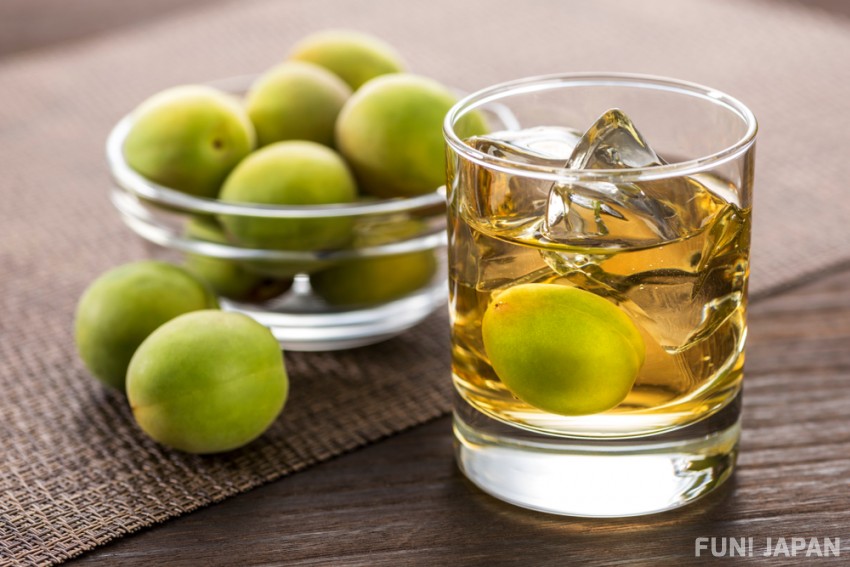
Umeshu is a fruit liquor made by soaking green plums or ripe plums, which are on the market from the end of May to the end of June, in distilled liquor (white liquor, shochu, and brandy are common).
There are various types such as authentic umeshu made without additives, shochu umeshu, sake umeshu, and nigori (cloudy) umeshu, and it is common to drink it 'on the rocks' with ice, or diluted with carbonated water or water. It is also used as a base for cocktails, and there are shops like The CHOYA Ginza BAR that offer plum wine cocktails.
Pay attention when buying canned alcohol at supermarkets and convenience stores! Low-malt beer is different from beer

When you go to supermarkets and convenience stores in Japan, you will often find a large selection of canned alcoholic drinks for sale, with beer and low-malt beer often displayed in separate sections.
The deciding factors between beer and low-malt beer largely come down to two things: the "malt usage ratio" and the "content and usage ratio of secondary ingredients". The main differences are as follows. (Reference: National Tax Agency Homepage "About Beer and Low-Malt Beer")
Beer
- Malt usage ratio is over 50%
- Only specific ingredients approved for beer production are used as secondary ingredients
- The usage amount of secondary ingredients is within 5% by weight
Happoshu (Low-malt beer, lit. 'foamy liquor')
- Less than 50% malt usage
- Even if the ratio is more than 50%, it uses ingredients that are not allowed for beer production
- Those that do not use malt and use barley as part of the ingredients
The "malt usage rate" refers to the weight ratio of malt to the weight of raw materials excluding water, hops, and yeast. In Japan's liquor tax law, the usage rate of the ingredient "malt", which is the key to the unique taste of beer, differs depending on whether it is "beer" or "happoshu" (low-malt beer).
In Japan, a product is called "beer" if the "malt usage rate" is more than 50%. Products with less than 50%, or even those with more than 50% but use ingredients other than those allowed as secondary ingredients, or exceed the usage ratio, are classified as "happoshu" (low-malt beer).
Therefore, the method of adding the aroma and flavor of fruits and spices to beer as secondary ingredients is a common practice in breweries around the world, but in Japan, it may be classified as "happoshu" depending on the ratio.
Also, in Japan, alcoholic beverages made from ingredients other than barley or malt (such as soybeans and peas), and those that add spirits to happoshu, are called "third beer (new genre)".
Change in the culture of finishing menu after drinks⁉ Night parfaits and night ice creams are trending instead of "finishing ramen"
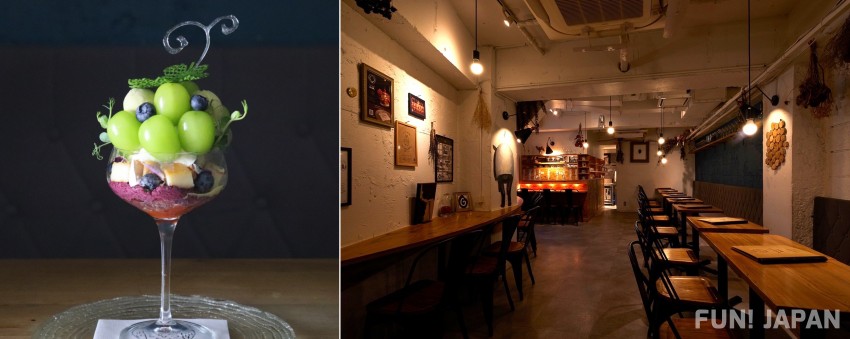
In Japan, there is a culture of eating something at the end of a drinking session, known as "shime" (締め or 〆め - finisher menu after drinking).
Classic "shime" dishes at izakayas include grilled rice balls and rice in tea, or even "shime ramen" at the end of a drinking party. However, in recent years, there has been a surge in the number of people, especially among the younger generation, who do not drink alcohol or only drink sweet alcoholic beverages such as cocktails and sours. This has led to a boom in "night parfaits" and "night ice creams" enjoyed as a post-meal dessert!
There has been an increase in specialty stores for night parfaits and night ice creams, mainly in the Kanto and Kansai regions, which operate from evening to night.

Among them, the most famous is "Parfaiteria beL Shibuya". This is a night parfait specialty store that operates from 5 pm to late at night. Their original parfaits using ingredients from Hokkaido according to the season are very popular. Even though they are parfaits, the sweetness is modest so they are easy to eat even after drinking alcohol. With their beautiful appearance that is sure to be popular on social media and the luxurious taste using plenty of seasonal fruits, they are attracting attention not only from women but also from men recently.
With the addition of night parfaits and night ice creams to noodles and rice dishes, hasn't the fun of the night during a trip to Japan increased? Why not experience the unique Japanese culture of having a dessert to finish off your drinking party?
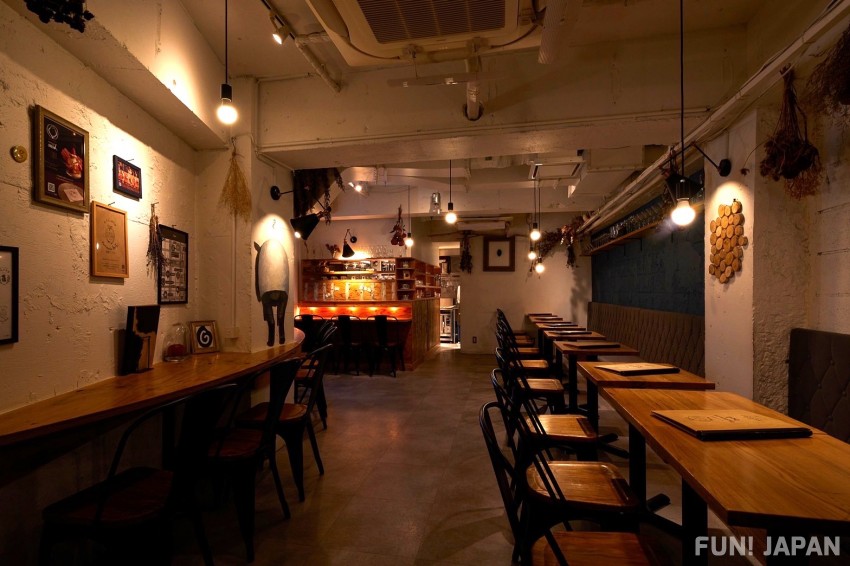
- Parfait Specialty Store Parfaiteria beL Shibuya
- Address: 3F, Shin-Daiso Social Building, 1-7-10 Dogenzaka, Shibuya-ku, Tokyo
- Business hours: 【Monday to Thursday】17:00〜24:00,【Friday, Day before holidays】17:00〜25:00,
- 【Saturday】15:00〜25:00,【Sunday, Holidays】15:00〜24:00
※Last order is until 30 minutes before closing time
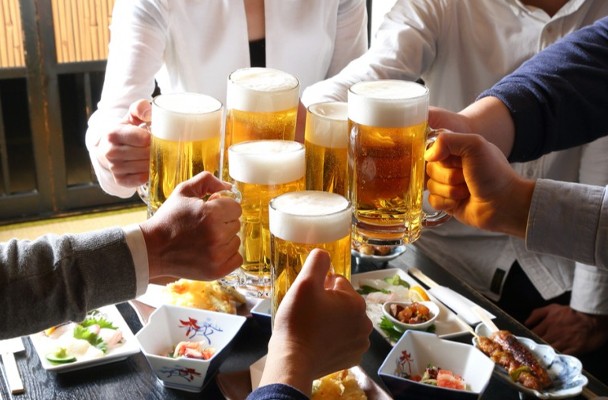
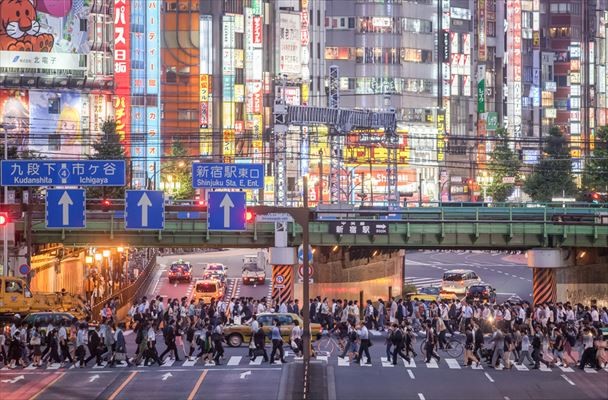
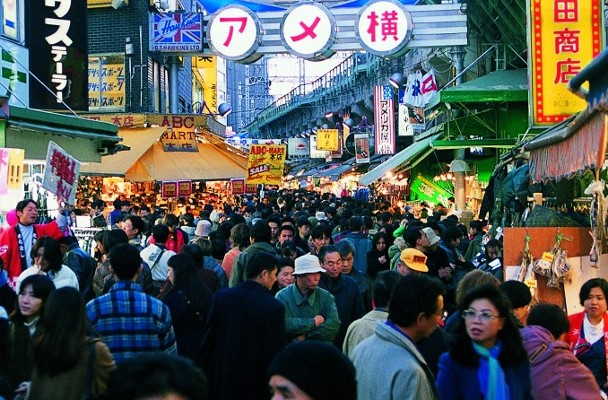
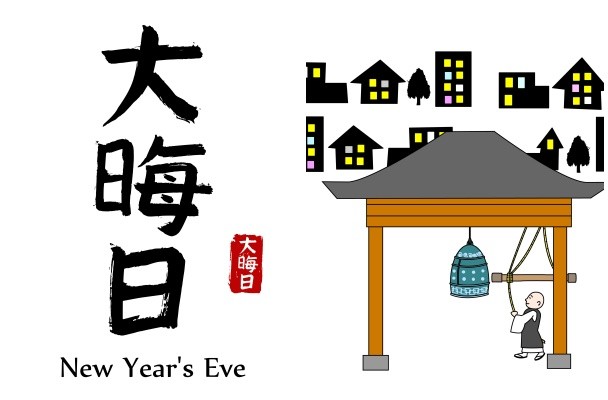
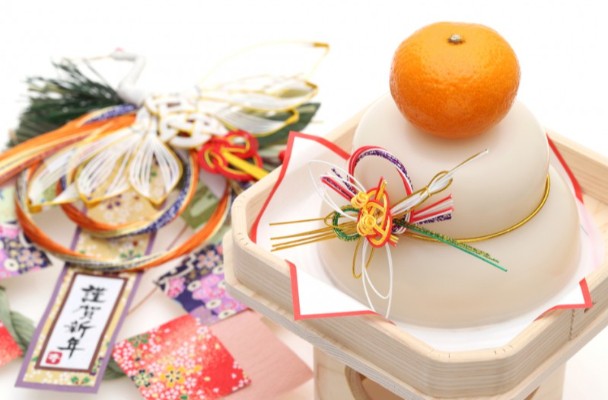
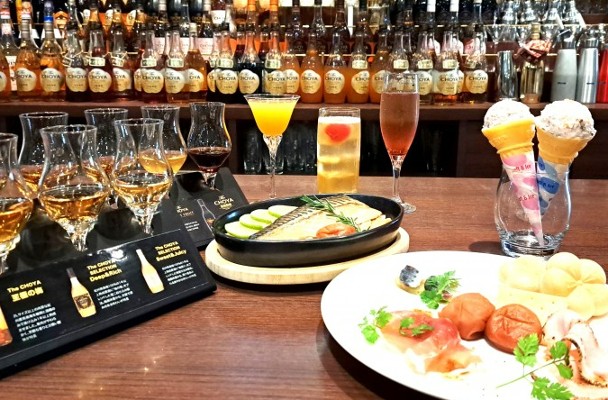
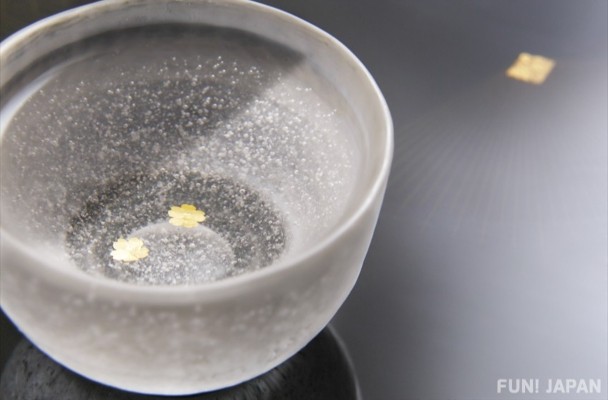
Comments